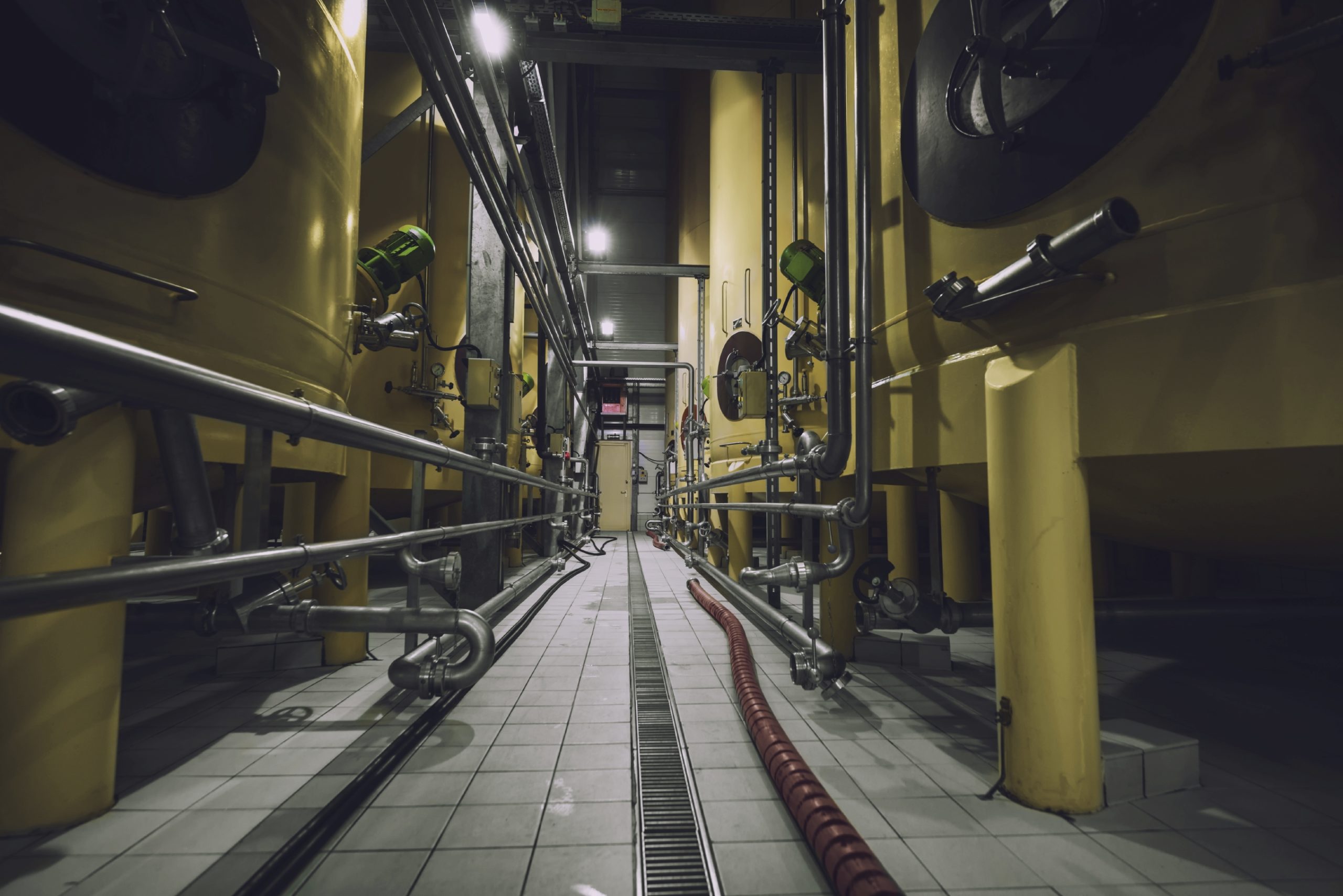
We often find ourselves in situations where we are obligated to bring tidings of great dismay and sorrow to program implementers. This is unfortunate, because many times it is entirely avoidable. Examples provided below are based on true stories with the products, customer identity, location and program spared to save face.
Customer is retooling their manufacturing facility to produce carbon fiber bicycle frames rather than aluminum frames. Manufacturing carbon fiber frames requires much lower energy cost, although the frames themselves are more expensive. Applicable manufacturing line equipment is swapped out and the savings are determined on a per-frame basis. The old lines produced 10,000 frames per year at 100 kWh per frame and the new lines roll out 15,000 frames per year at 75 kWh per frame. Savings were determined by the first equation.
The arithmetic is fine but there are issues. First, the product material is completely different requiring all new equipment for manufacturing the product. While the product serves the same purpose, it requires a different manufacturing process, and therefore, using the old manufacturing line that produced aluminum frames is not justified. This case should have been treated as new construction because the customer HAD to replace equipment. The savings were virtually wiped out. The underlying case for this example produced a huge portion of the program, and even the portfolio savings – far greater than the 375,000 kWh shown in the example.
The second example involves new construction of a refrigerated warehouse to include a 1,000 ton ammonia refrigeration system. Savings were derived by the alternative packaged “Freon” system. Savings were determined by the second equation.
Again, the math is ok, but the baseline is not reasonable. Numerous sources indicate ammonia systems “start” at about 100 tons and larger. Since this system’s capacity far exceeds every documented ammonia threshold, it is unreasonable to use packaged “Freon” as baseline equipment. Again, the vast majority of savings were wiped out.
The last basket of free riders includes prescriptive measures where incentive applications and program guidelines clearly apply only to retrofit situations. Many variable frequency drive installations can fall into this cornucopia of misappropriated program dollars.
The first two examples represent huge mistakes for major projects that substantially impacted program adjusted gross savings, and therefore cost effectiveness. The latter group includes a quality control issue, many times with errors made or an oversight while processing applications through the system. It was plainly missed on the application review. Other times actual implementation does not match documentation and this can be avoided to some degree with random field inspections for quality control.
The first two zingers should be avoided by incorporation of a Custom Efficiency Guide but also broadly known “industry best practices.” Such a guide will keep implementers out of sticky situations because the lines will be drawn as on an NFL football field rather than an imaginary line from the evergreen to the clothesline post. This way, when there is a close play, there is no controversy, and hopefully no instant replay.
And don’t shoot! (the messenger)




